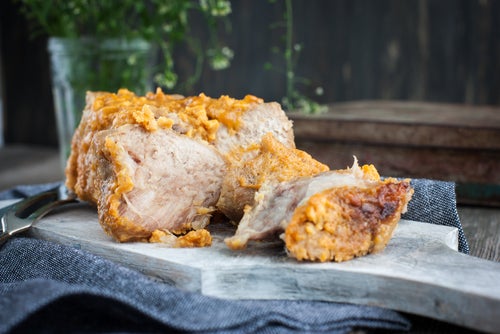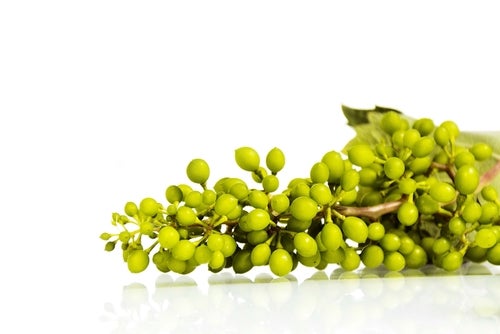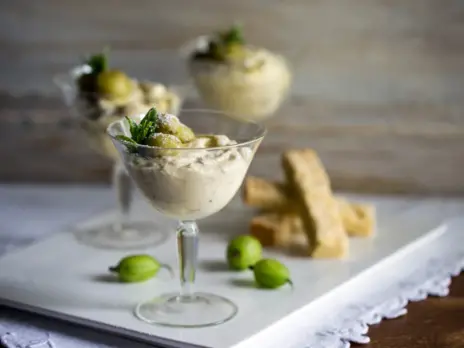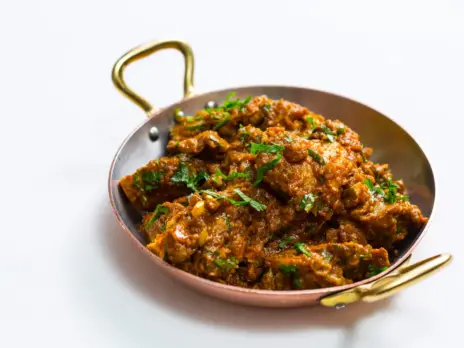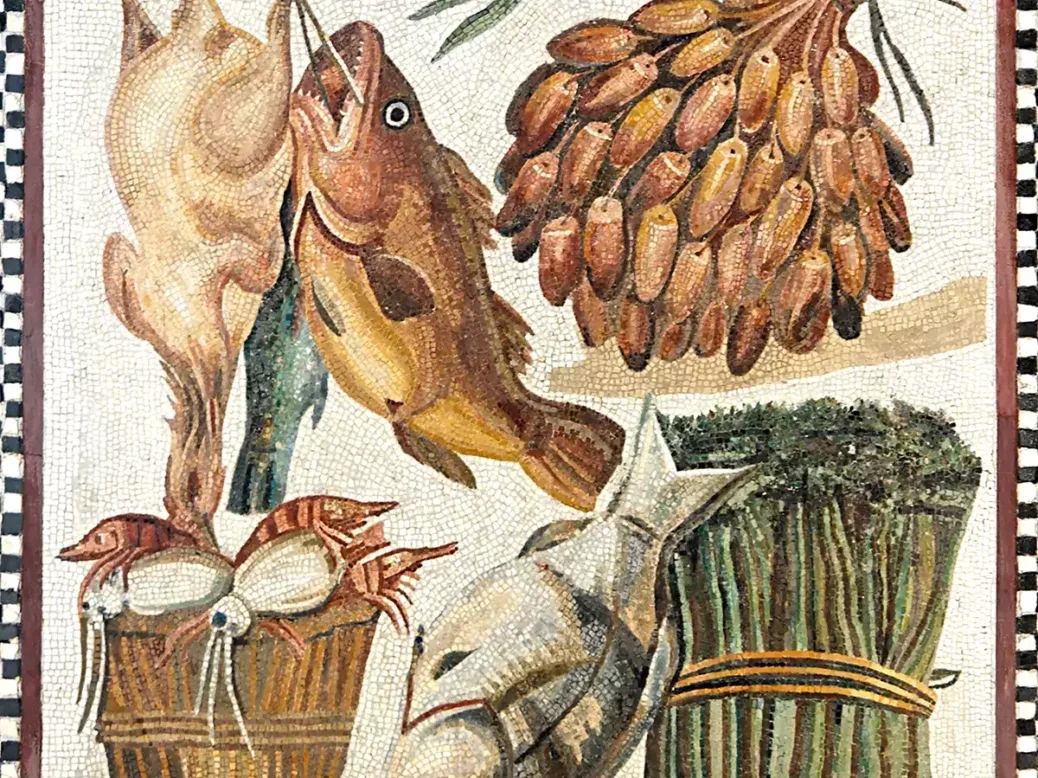
Stuart Walton reviews How to Eat: An Ancient Guide for Healthy Living—A Buffet of Ancient Authors. Selected, translated, and introduced by Claire Bubb.
Familiarity with culinary traditions other than one’s own has become such an ingrained assumption among today’s gastronauts as to have acquired a competitive edge. “Where do you source your gochugaru?” “Frankly, that last jar of sidr from the Yemeni deli left a little to be desired.” “Then, horrors! I ran out of jaboticaba in the middle of bottling preserves for laying up. Thank goodness we still have some of last year’s jaboticaba wine to compensate.” Only a generation ago, hardly anybody in the UK would have known what ominous activity was meant by “pulled pork.”
However, if the strangeness and thrill of far-flung cuisines are wearing smooth with the tireless invention of novelty, what people ate in the past falls into a different category. Indeed, the farther back we are prepared to forage in history’s thickets, the likelier it is that we will find bemusement and fascination breaking upon us. The paleolithic diet, if anybody is still on it, is rather wanting in fascination, reminding the eater only that there was a time when raw food and drink were still awaiting the invention of forms of processing, such as meat cookery, to make them infinitely more appealing. By the time sustenance had become gastronomy, though, its numberless ramifications generated a significant and enduring aspect of cultural development.
In How to Eat, Claire Bubb, a classicist at New York University, has put together a spirited collection of gastronomic writing from Greek and Roman antiquity, all of which is linked by its concern for the well-being of diners in the ancient world. Following Bubb’s excellent introduction, the medical writers Galen, Dioscorides, and Celsus are all here, as is Diocles of Carystus, whose treatise on healthy living survives in tantalizing fragments. We dip into Cato’s agricultural manual, the Hippocratic regimen, and the voluminous compendium that was the Latin cookbook of Apicius, and we peruse passages from the correspondence of the dyspeptic Roman Stoic Seneca.
Throughout the long historical eras covered by How to Eat, there was a general presumption that plain and simple eating was best, a predilection that endures into the present day. Indeed, Greco-Roman antiquity is the locus classicus of what we now know as the Mediterranean diet, its banausic simplicity the antidote to the centuries of otiose refinement that resulted in the haute cuisine of France. And yet, Apicius is no stranger to ceremonial lily-gilding. Bubb reproduces a recipe for a layered casserole of stuffed sausage, chicken livers, flaked haddock, marine nettles, oysters, and young cheese, along with any combinations of mallow, beets, leeks, boiled brains, and halved hard-boiled eggs, all sprinkled with pine nuts. Pour in a green sauce of lovage, celery seed, silphium, and pepper. Simmer until it is cooked. Then pour in a savory custard of whisked milk and egg. Cook further to set, then garnish with sea urchins.
Before we worry ourselves over whether the leftovers will freeze, it is worth pointing out that you can no longer get silphium. Native to what is now Libya, this pungently garlicky member of the fennel family was once imported in virtually industrial quantities for the larders of Imperial Rome, where it was progressively eaten to extinction. Silphium’s reputation as one of the ancient aphrodisiacs doubtless also played a role in its botanical doom.
What emerges strongly from the writings of the Greeks and Romans curated by Bubb in How to Eat is the urge to systematize. The Athenian period in particular was the great system-building epoch in western intellectual history, in which almost everything—from the physical properties of substances, to the varieties of human emotion—was subjected to classifying thought, most heroically in the writings of Aristotle. Food and the responses it provoked in the body—the maladies, as much as the sought-after harmony of the organism, emphasized by thinkers in the humoral tradition—were no exception. The relative sternness of much of the advice in How to Eat anticipates by 20 centuries and more the nostrums of today’s healthy-living gurus.
For many a reader, the chief interest of these judiciously chosen extracts lies in the arrant nonsense that many of them purvey. Bubb has creditably resisted the trend to daub the ancient authorities in a uniform coat of historical whitewash, but there is in any case something more compelling in learning that dried figs cause head lice than there is in finding out that Galen already knew that cabbage was good for you. The notion entertained by many people that pots of unattended basil were capable of engendering live scorpions is given fairly short shrift by Galen, but that it is acknowledged at all suggests the currency such an alarming idea must have enjoyed among the more credulously minded. And scorpions or not, the father of systematic western medicine doesn’t approve of basil. So, you can put that pesto in the compost.
How to Eat: An entertaining collection
Galen is quite happy for radishes to be nibbled as an appetizer, but Dioscorides dissents: “It makes your food come back up.” Celsus thinks that “a cold drink is the worst thing you can take after sweating from exhaustion.” The perspiration has already cooled you, regardless of how it feels. Lettuce was already known as a soporific, an observation from which no holistic practitioner of today would demur. Boil it to release the milky fluid that gives it its name. As Dioscorides points out, however, it can adversely affect your eyesight. He also has rocket as an aphrodisiac—keep some rocket in your pocket—which should give the oysters a break.
Bald spots can be made follicly fertile again by rubbing onion juice into them, but lentils cause elephantiasis. Whole-bran bread is the least nourishing, Galen warns, before asserting that oats are good enough for beasts of burden, but not for people. If you run out of olive oil, skin can be efficiently moisturized with butter. And do bear in mind that wicked innkeepers occasionally pass off human flesh as pork. Caveat manducator.
According to Hippocrates, people who need to lose weight should eat one high-fat meal a day, avoid bathing, sleep on a firm mattress, and go about naked as much as possible. After eating, while food is still undigested, we would all benefit, advises Celsus, from lying on our left side—the very side that has the full stomach. “Sex,” he adds, “is not a good idea in summer or in autumn.” Damn. Still, the lack of bathing, the firm mattress, and the laboring digestion should see to that.
We can snicker at this to our hearts’ content, but there was a valiant attempt in all this to put alimentation—which could so often be the difference between ill health and good, or life and death—on a sound epistemological footing. Galen’s warning that certain mushrooms were lethally toxic is still worth the forager’s heeding, and his classification of apples by their taste profiles—from sweet, through semisweet, to sour—is as impressive in its fineness of discrimination as it is for the fact that it is still common currency among producers of Calvados and cider. Nobody who grew up in a Jewish household would dare argue with Dioscorides’ assertion of the curative properties of chicken soup, and nor would many others.
Towards the end of this entertaining collection, we find Dioscorides again, in the Materia Medica, at one of history’s threshold moments: “There is also something called sugar [sakcháron], being like a solid honey found on reeds in India and Arabia Felix [now Yemen], similar in structure to salt and crushed between the teeth in the same way as salt. It is good for digestion, good for the stomach; dissolved in water and drunk, it benefits an ailing bladder and the kidneys.” Even better with a little kola nut and coca. As its use tore round the globe, it would come to be really good for obesity, heart disease, dental decay, diabetes, and hypertension. Had he but given it the 2,000-year stare, he might have run screaming from his study.
How to Eat: An Ancient Guide for Healthy Living—
A Buffet of Ancient Authors
Selected, translated, and introduced by Claire Bubb
Published by Princeton University Press; 242 pages; $17.95 / £14.99

